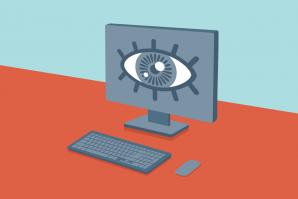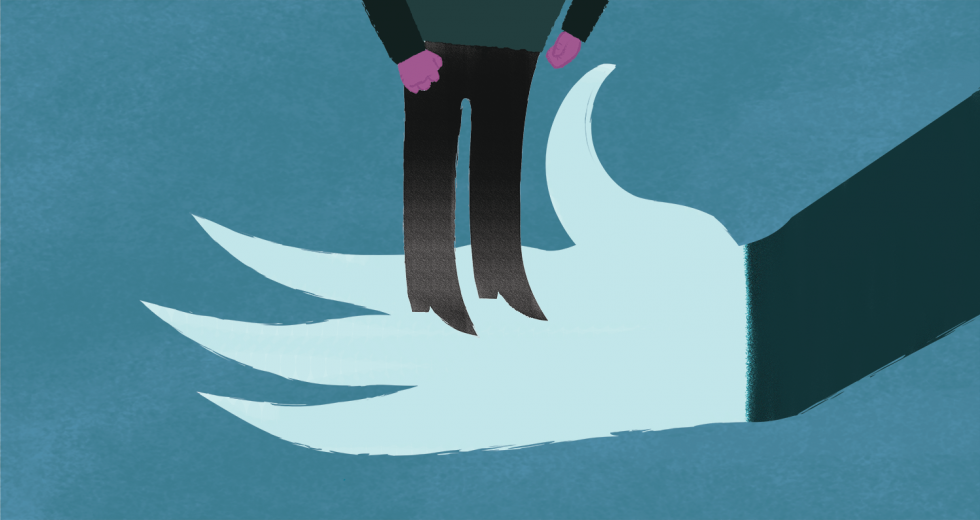The Society for Human Resource Management has developed a model procedure for handling bullying complaints. Key language includes:
Individuals who think they’ve been a victim of harassment or intimidation, or have witnessed it, should discuss their concerns with their immediate supervisor, human resources, any member of the personnel practices committee or any ombudsman.
Allegations of bullying will be investigated promptly and may include interviews with the parties involved.
Tyrannical behavior that has been substantiated will result in a response, including training, referral to counseling or disciplinary action, such as a warning, reprimand, withholding of a promotion or pay increase, reassignment, temporary suspension without pay or termination.
If a party to a complaint doesn’t agree with its resolution, he or she may appeal to the company’s CEO or chief operating officer.
False and malicious complaints — as opposed to complaints that, even if erroneous, are made in good faith — will result in appropriate disciplinary action.
For more on the movement to legislate protective measures against workplace bullying, check back next week for Steven Yoder’s March feature, “This Time, It’s Personal.” Sign up for our newsletter, and we’ll email you when it’s available online.
Recommended For You

Catty Chatting
When you need to reprimand a digitally dubious employee
I manage a group of about 13 people, and we communicate via instant messages. I have one employee who persistently bad-mouthed me in online conversations. I confirmed that he was aware that I could see his messages, and I told him I saw messages that concerned me. Since then, he’s disengaged from his job and is only doing the bare minimum. I feel I should address this with him, but I’m unsure of how to do so.

How to Spot a Liar
9 tips for reading body language when the truth is on the line
Recognizing key signs of dishonesty and deception is a professional skill that can pay off in spades. If you’re keen, you can see people’s body language change when they lie, as they try to manage their anxiety. So unless you’re dealing with a sociopath or a superb actor, you can spot those who try to mislead you by monitoring their nonverbal signals. Here’s how:

Mind Your Manners
Top 4 etiquette schools in the Capital Region
Etiquette programs throughout Northern California cover everything you need to know, from effective communication to dining with chopsticks. Schools offer customized workshops for organizations and individuals alike.

Let Me Down Easy
7 tips for firing employees properly
Terminating an employee is never easy, and there are no guarantees that you won’t be slapped, but there are a few things you can do to make it easier on everyone.



